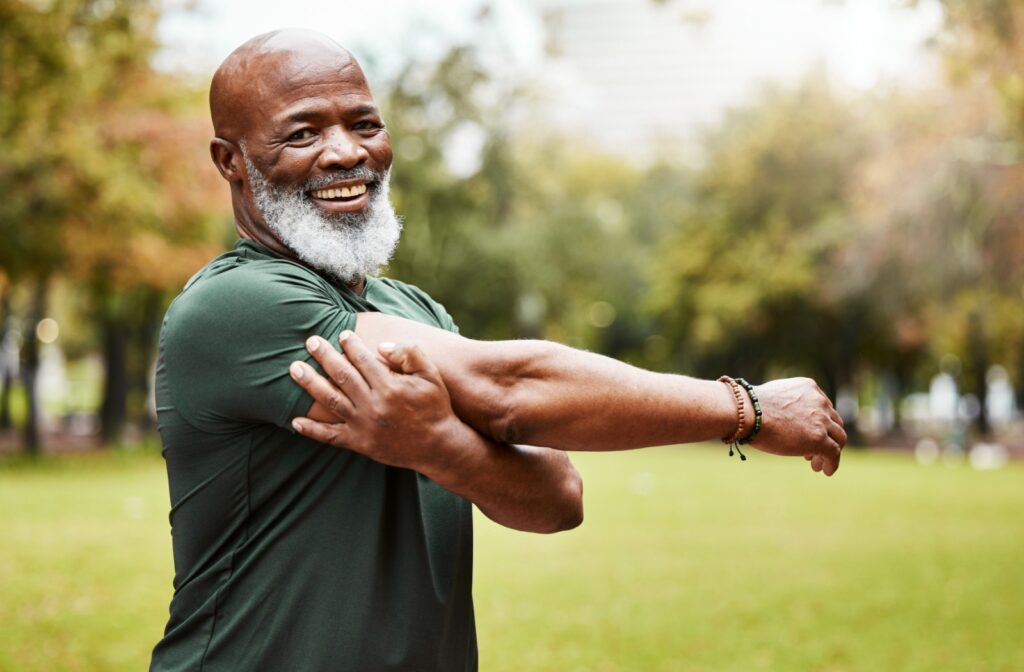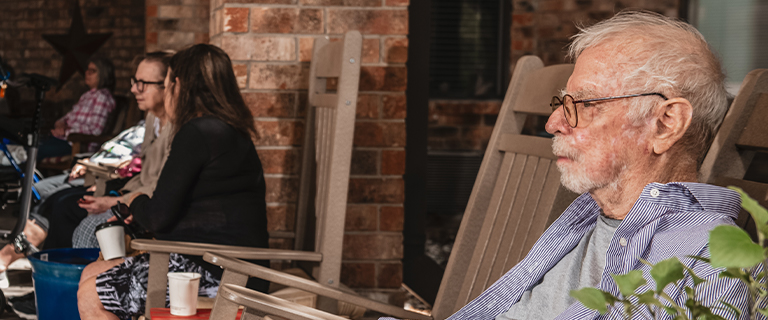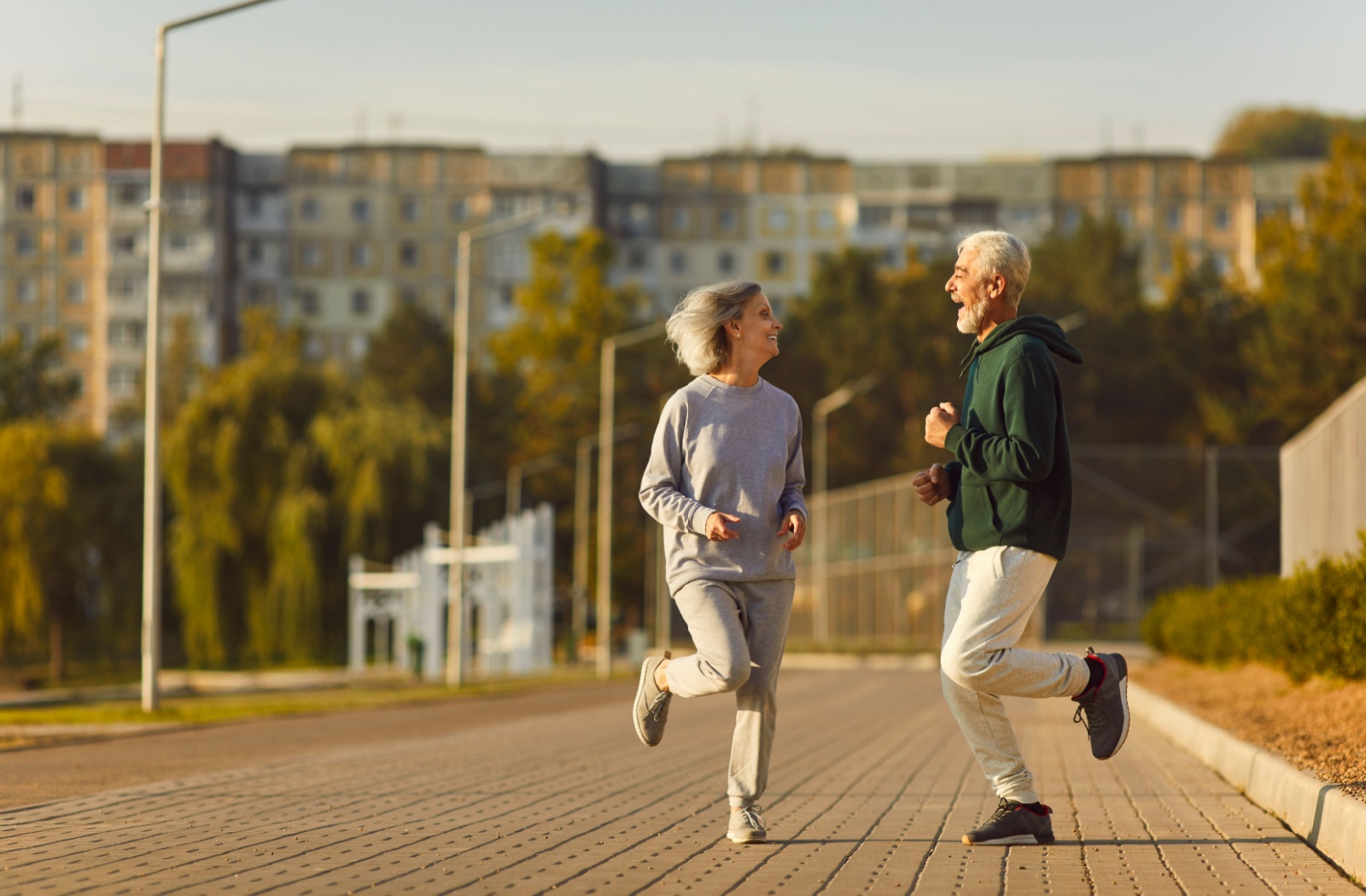Running is one of the simplest ways to stay active as you age. Whether you want to improve cardiovascular health, boost your mood, or just enjoy the great outdoors, running can be a wonderful option. However, as we get older, our bodies require a bit more attention and care to ensure we stay safe and injury-free.
Here are 5 simple tips to help you get started or improve your running routine:
- Start slow and listen to your body
- Choose shoes that go the distance
- Never skip your warmup and cooldown
- Add variety with cross-training
- Rest and recovery are non-negotiable
And remember, if you experience any discomfort, it might be time to talk to your doctor about running. Let’s get you moving with confidence and joy at any age!
Is Running Safe for Seniors?
Absolutely! With the right mindset and preparation, running can be a safe and highly rewarding form of exercise for seniors. Studies consistently show that regular physical activity, such as jogging or running, can significantly reduce the risk of chronic conditions like heart disease, diabetes, and osteoporosis.
It can even improve mental health by alleviating stress and releasing feel-good endorphins that boost your mood. Of course, aging bodies experience natural changes in areas like joint flexibility, muscle mass, and balance.
This isn’t a reason to shy away from running. It just means a few adjustments are necessary for safety and enjoyment. With proper preparation, listening to your body, and pacing yourself, running can become a sustainable and joyful part of your life.
1. Start Slow & Listen to Your Body
When beginning or returning to running, the key is to start small and build gradually to avoid injury or fatigue. A walk-run approach is perfect for getting started. For example, walk briskly for two minutes, jog lightly for one minute, and repeat this cycle for 20-30 minutes. Over time, as your strength and endurance grow, you can extend the jogging intervals.
Most importantly, listen to your body. If you feel pain, dizziness, or unusual fatigue, it’s okay to stop and rest. Ignoring discomfort isn’t worth the risk of injury.
Pro Tip: Use a fitness tracker or app to monitor your heart rate and pace. This helps you stay within a safe range tailored to your fitness level.
2. Choose Shoes That Go the Distance
Your feet absorb the most impact during running, so finding the right shoes is a priority. Invest in a quality pair of running shoes built for comfort, support, and cushioning.
Here’s what to look for:
- Arch support: Proper support helps prevent overpronation or supination, reducing joint strain.
- Ample cushioning: This protects your knees, hips, and back from the impact of every step.
- Perfect fit: Shoes should be snug but not tight, with about a half-inch of space between your toes and the shoe tip.
- Good traction: Non-slip soles can keep you safe on uneven paths or trails.
Pro Tip: Visit a local specialty running store for a gait analysis. It’s a great way to find shoes tailored to your needs and running style.
3. Never Skip Your Warmup & Cooldown

A good run starts with a proper warmup. This gradually increases your heart rate and gets your muscles ready for activity. Spend 5–10 minutes doing warm up exercises like brisk walking, marching in place, and gentle leg swings.
Equally important is the cooldown. After your run, take 5—10 minutes to slow your pace to a gentle walk, followed by easy stretches. Focus on key muscle groups like your hamstrings, calves, quads, and hips to maintain flexibility and prevent stiffness.
Pro Tip: Try dynamic stretches (like leg swings) before your run and reserve static stretches (like toe touches) for after your cooldown.
4. Add Variety with Cross-Training
Running is fantastic cardio, but incorporating other low-impact exercises can help improve your overall fitness, build strength, and reduce your risk of overuse injuries. Activities such as swimming, cycling, yoga, or Pilates are excellent complements to your running routine.
Strength training is another great way to support your runs. By strengthening your core and the muscles around your knees and hips, you’ll improve balance and reduce strain during your workouts. Even simple exercises like body-weight squats, lunges, and planks can make a noticeable difference.
Pro Tip: Aim for 2 or 3 cross-training days per week to keep things fresh and balanced.
5. Rest & Recovery Are Non-Negotiable
Taking time to rest can be just as necessary as running itself. Rest days allow your body to heal, prevent injuries, and keep you energized for your runs.
If you’re just starting, running 2 or 3 times a week with rest days in between is a great plan. On these recovery days, consider light activities like leisurely walks or gentle stretching to keep moving without straining your body.
Hydration, a balanced diet, and quality sleep can also help recovery. Listen to your body and be kind to it with proper care.
Pro Tip: If your muscles feel sore or tight, try foam rolling or treating yourself to a massage to speed up recovery and improve flexibility.
Enjoy the Benefits of Running at Any Age
Running is about freedom, joy, and connecting with your own body. Whether lacing up your shoes for the first time or returning to an old passion, these tips will help you stay safe, active, and energized.
Remember, it’s never too late to start reaping the physical and mental benefits of running. Take it one step at a time, listen to your body, and enjoy every stride.
Looking for a supportive community of active seniors? At Parsons House Austin, we celebrate staying active at any age. Join us for tips, motivation, and encouragement as we embrace a full and vibrant life together. Visit Parsons House Austin today to learn more.



